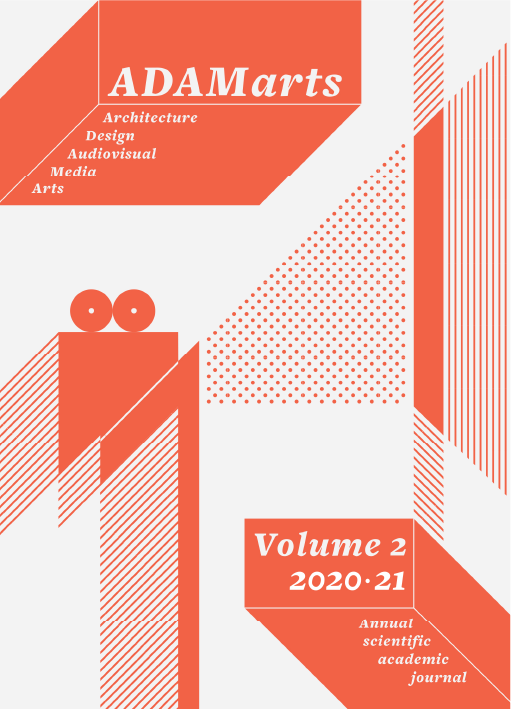Under the Bridge: Space Seen as an Opportunity or Threat?
Keywords:
elevated infrastructure, mobility, undefined city space, urban public spaceAbstract
Elevated infrastructure – highways, railroad lines, and waterfronts under bridges – comprises places where major gaps disrupt the overall continuity of the city fabric. However, while they provide fundamental linkages within cities, these massive, elevated network structures can also cause fragmentation on the urban fabric ground level, particularly restraining pedestrian mobility. Overall, these structures ensure the expansion of neighbourhoods, thus creating countless unused spaces under elevated infrastructure that cannot be regarded as part of the road or the street.
This research paper examines Riga city lost spaces – unused urban spaces under elevated infrastructure – analyzing both their shortcomings and the potential opportunities to become part of the social life of residents. Attention is paid to two important large-scale objects, Gustava Zemgala overpass and Riga Central Railway Station, whose territorial conversion is related to the construction of the Rail Baltica tracks and the multi-modal public transport hub. In both cases, elevated infrastructure creates a valuable space below what could be seen and used for the neighbourhoods’ social / spatial connector.
The last part of the article focuses on the ongoing project of the new Rail Baltica station, more specifically the area of Riga Central Railway Station from 11th of November Embankment to the Stockmann shopping centre, which will be reconstructed, while the railway will be located on an estacade. The author presents a spatial design proposal for this newly created territory, emphasizing the preservation of open and transparent public space under an elevated infrastructure by providing a wide range of active functions and points of social interaction. The design proposal includes large-scale traffic reorganization, with a focus on pedestrians, cyclists, and public transport accessibility.



